AARP Hearing Center

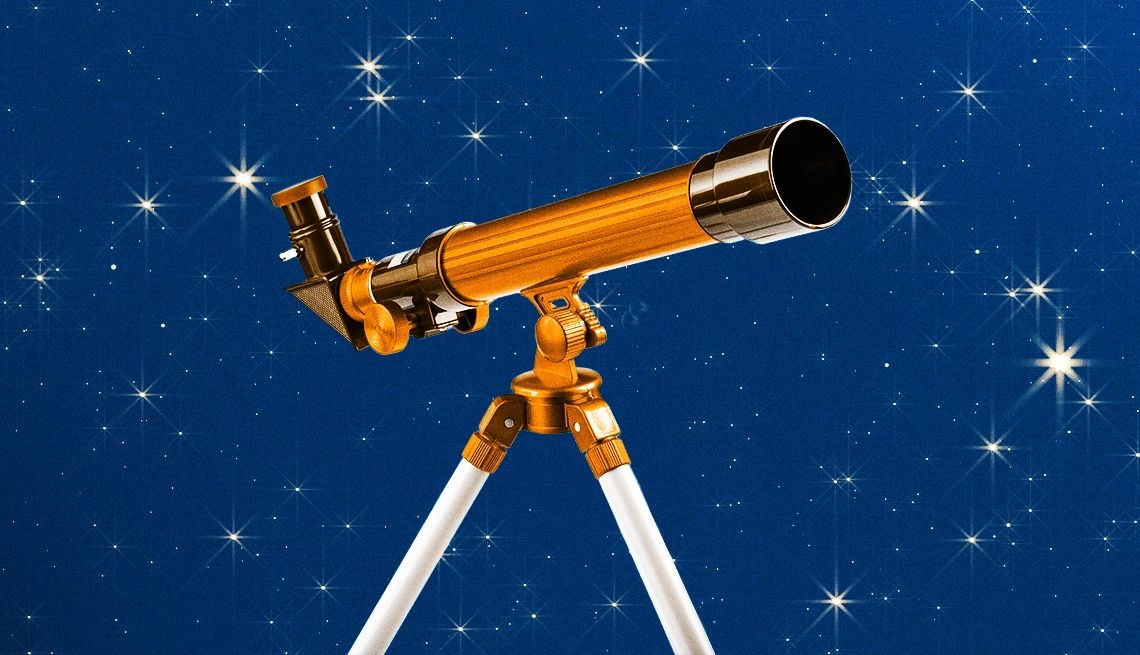
For many of us, the Space Race between the U.S. and the Soviet Union kept us on the edge of our seats. The Apollo moon landings were defining moments in history. The technical feats and sheer potential led children during those years to begin stargazing to learn more about the cosmos.
Today, it’s still a stimulating way to unwind and connect with the wonders of the universe. It’s also a great intergenerational activity. Additionally, stargazing can be a valuable hobby for older adults who might be searching for one, as well as a chance to meet and connect with people who share a similar interest.
Valerie Rapson, an assistant professor of physics and astronomy at SUNY Oneonta, takes great interest in amateur astronomers, and sees older people as a natural fit for the hobby. “They have the time and ability to dedicate to observing at night,” she says. “They also have additional time to read books, take classes and just follow passions that they’ve always had, but maybe didn’t have time for. ”
As if that wasn’t enough, going into nature to check out the night sky almost always provides opportunities for walking and other light exercise for seniors who embrace the hobby.
While gazing at the stars is simple — you just look out the window or step outside on a clear dark night and look up — you might want to take it to a deeper level. Here’s how to get started.

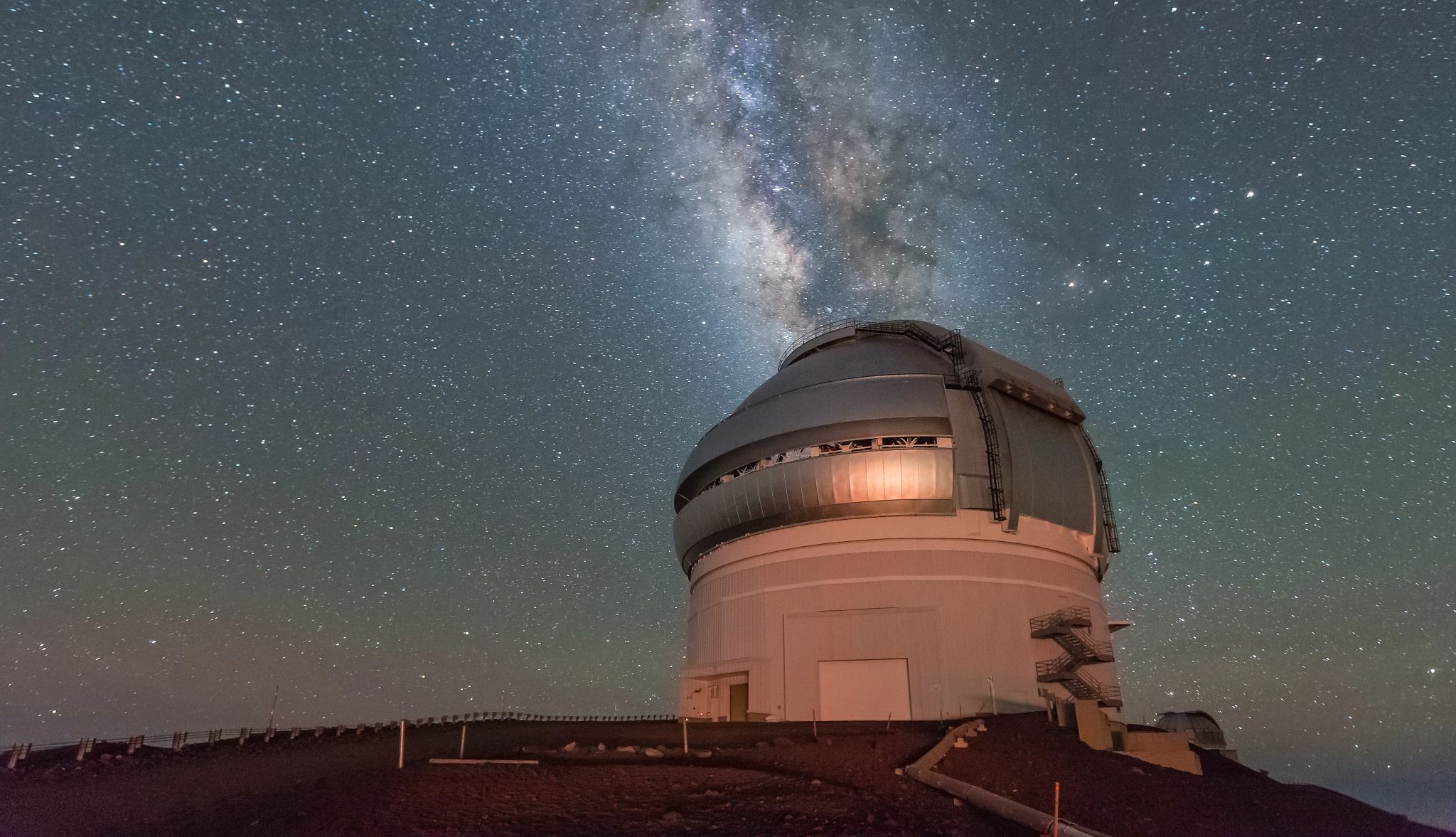
GET ORIENTED
1. Go to a planetarium
You can get a great introduction to stargazing at a planetarium. Most large cities have one, as do many colleges, universities and museums. These theaters of astronomy offer presentations about the stars, constellations, planets and other celestial objects visible from your locale. They’re also great places to take children and grandchildren on special field trips.
Many astronomers and planetarium professionals cite their childhood visits to a planetarium as an inspiration to study the universe. Ken Wilson, who worked at the Science Museum of Virginia as a planetarium director for many years and is now an active amateur observer, fondly remembers his first trip to see the stars under the dome: “A planetarium visit when I was young did influence my career path. Our Cub Scout troop had an outing to the Cranbrook Institute of Science (in Bloomfield Hills, Michigan), and their Acheson Planetarium turned on my astronomy gene. I later went to work there part-time while an undergrad.”
On the other hand, astronomer Jim Sweitzer, who worked as an educator at Chicago’s Adler Planetarium, got his first planetarium experience much later in life. “I was 26, if you can believe that! I’d just applied for a teaching position at the Adler Planetarium and was getting ready to graduate from the University of Chicago,” he said. “I went to an American Astronomical Society meeting in Atlanta and thought I’d better see what a planetarium was like. I went to Fernbank Science Center and saw a…lovely constellation show.”
If going to the planetarium tickles your astronomy gene, the nonprofit International Planetarium Society’s website has a database of planetariums.
2. Visit an observatory
See if a local observatory — where the public can see and even potentially use very high-powered telescopes — offers public observing nights. The Griffith Observatory in Los Angeles, for example, regularly hosts public star parties. Since opening in 1935, more than seven million people have put an eye to Griffith Observatory’s original 12-inch Zeiss refracting telescope.
The Adler Planetarium’s Doane Observatory in Chicago boasts the area’s largest telescope available to the public and offers public viewing nights around town. Lowell Observatory in Flagstaff, Arizona, has an Astronomy Discovery Center on its premises, complete with a stargazing platform and a very unique dark-sky planetarium. That open-air theater provides heated seats under the actual night sky, and its presenters take attendees on nightly explorations of the stars. It opened to the public in November 2024 and is a popular attraction.
There are many other observatories across the country that are open to the public, and Celestron Telescopes maintains a list.
3. Attend a star party
Amateur astronomy groups and clubs have regular meetings and star parties, and many are open to the public. Organized star parties can be one night long or last for several nights and are often held at dark-sky sites, which are places where light pollution is minimal. Enthusiasts bring their telescopes, listen to talks and share knowledge about the night sky. For example, the Denver Astronomical Society uses the University of Denver’s Chamberlin Observatory for open houses and stargazing sessions. The McDonald Observatory in West Texas holds a special Dark Sky Week each year, and the Stellafane Observatory in Springfield, Vermont, has hosted an annual event for nearly 90 years that includes lectures, telescope-making and stargazing.
You can find a list of star parties at go-astronomy.com, as well as information about clubs and organizations around the world.
4. Head to the library
A good astronomy book will teach you terminology while explaining the objects you see in the sky. One of the best for beginners of all ages is Find the Constellations by H.A. Rey (of Curious George fame), which teaches easy-to-find star patterns and constellations. Rey also wrote The Stars: A New Way to Find Them, aimed at advanced beginners. Another good choice is Alan MacRobert’s Star-Hopping for Backyard Astronomers. MacRobert, a former Sky & Telescope magazine editor, teaches you how to “hop” from star to star. Finally, the Cambridge Star Atlas provides full-color map guides to the entire sky.
5. Check out a magazine
The best-known magazines for stargazers in the U.S. are Sky & Telescope and Astronomy. Their extensive websites contain current information about what’s visible in the sky, the latest news about discoveries made by such observatories as the Hubble Space Telescope, updates from missions exploring other planets and reviews of astronomy equipment. If you’re interested in space exploration, keep up with the latest news through the Planetary Report, a quarterly magazine with a regularly updated website. It’s published by the Planetary Society, a space advocacy group with more than 2 million members worldwide.
6. Get a map of the sky
People have used star charts since antiquity for many purposes, including navigation. According to the American Institute of Physics, the earliest known maps were created by Chinese astronomers in the third or fourth century BCE. Today’s charts show the monthly positions of the stars, planets and deep-sky objects. Astronomy publications feature them prominently, along with guides to the moon and planets. Look online for charts at Stellarium, Heavens-Above and skymaps.com (the latter has free PDFs you can download and print).
7. Use a planisphere
These cardboard or plastic handheld devices contain two disks. One is a printed chart of all the stars in the sky. The other is a wheel with a window. The wheel covers everything that isn’t visible, and the window shows you what you can see in the sky at your time and location. Simply move the wheel to set your time and date, then hold the planisphere against the sky to see what’s visible. Learn more about these handy tools at earthsky.org. You can buy one online, or you can even make your own; one site with instructions is skyandtelescope.org.
8. Find your new favorite astronomy app
An astronomy app lets you carry an interactive, mobile universe on your smartphone, tablet or laptop. Point your device’s camera to the sky, and these programs will immediately tell you what you’re seeing. Let’s say you step outside on a winter night and see an intriguing fuzzy spot in the middle of the constellation Orion. Aim your smartphone at that spot, and the Stellarium Plus mobile app will immediately tell you what you’re seeing — the Orion Nebula. Tap on the object and a little box pops up with more information. Two other apps to consider are SkySafariand Star Walk 2. However, there are dozens of astronomy apps available, ranging in price from free (most with in-app purchases) to $25 and up. Observers such as Wilson rely on them for rapid identification of objects. “I use SkySafari on my cellphone,” he says, “especially in the field, to quickly find where an object is or will be rising. I use Stellarium on my laptop to plan my observing session, especially to find out when objects will rise or set. It’s also useful to determine the exact local time for things like eclipse phases and occultations.”
9. Get familiar with online resources
Planetarium and observatory websites have up-to-date information about the night sky, along with schedules of their shows and activities. The McDonald Observatory, for example, publishes daily stargazing tips. EarthSky is another reliable source of up-to-the-minute sky information. It has an extensive website and YouTube channel. NASA has useful pages about stargazing at Skywatching. Other good resources include Space.com, UniverseToday.com, the European Space Agency and the Canadian Space Agency.
10. Watch and listen
Rapson participates in a live call-in public radio talk show on WAMC in Albany, New York, called Vox Pop that regularly focuses on astronomy. She notes that many older listeners who call in are very engaged. “It’s great to hear people’s questions though, as many are clearly interested in the subject, and have done some research and information gathering on their own.”
Everyday Spacer has a weekly video focused on space exploration and astronomy, produced by former rocket scientist Pam Hoffman. Also, check out Dr. Becky by Rebecca Smethurst, an English astrophysicist who shares her work with the world on YouTube.

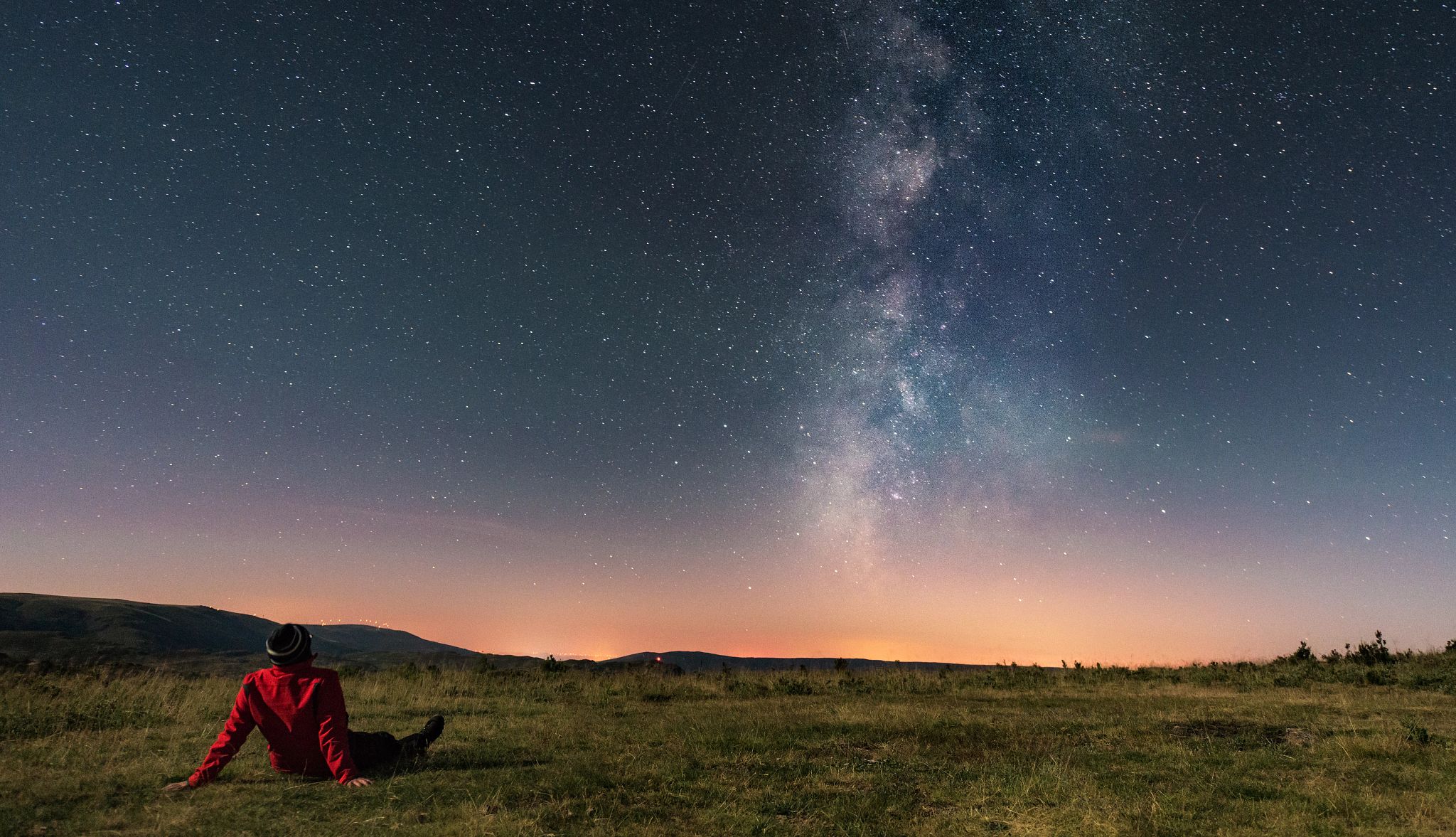
EXPLORE THE NIGHT SKY
11. Find a safe dark spot
After all your preparations, you’re ready to go stargazing. Your site can be as close as your backyard, at a nearby park, or way out in the countryside. Whatever area you choose, just make sure you get as far away from light pollution as possible. Thanks to observations by amateur and professional astronomers around the world, there’s an extensive guide to light-polluted and dark areas available online at LightPollutionMap.info. The National Park Service also has a useful night sky map page showing the light pollution in and near national parks. Of course, make sure your surroundings are safe and bring a fully charged phone with you in case of emergency.

































































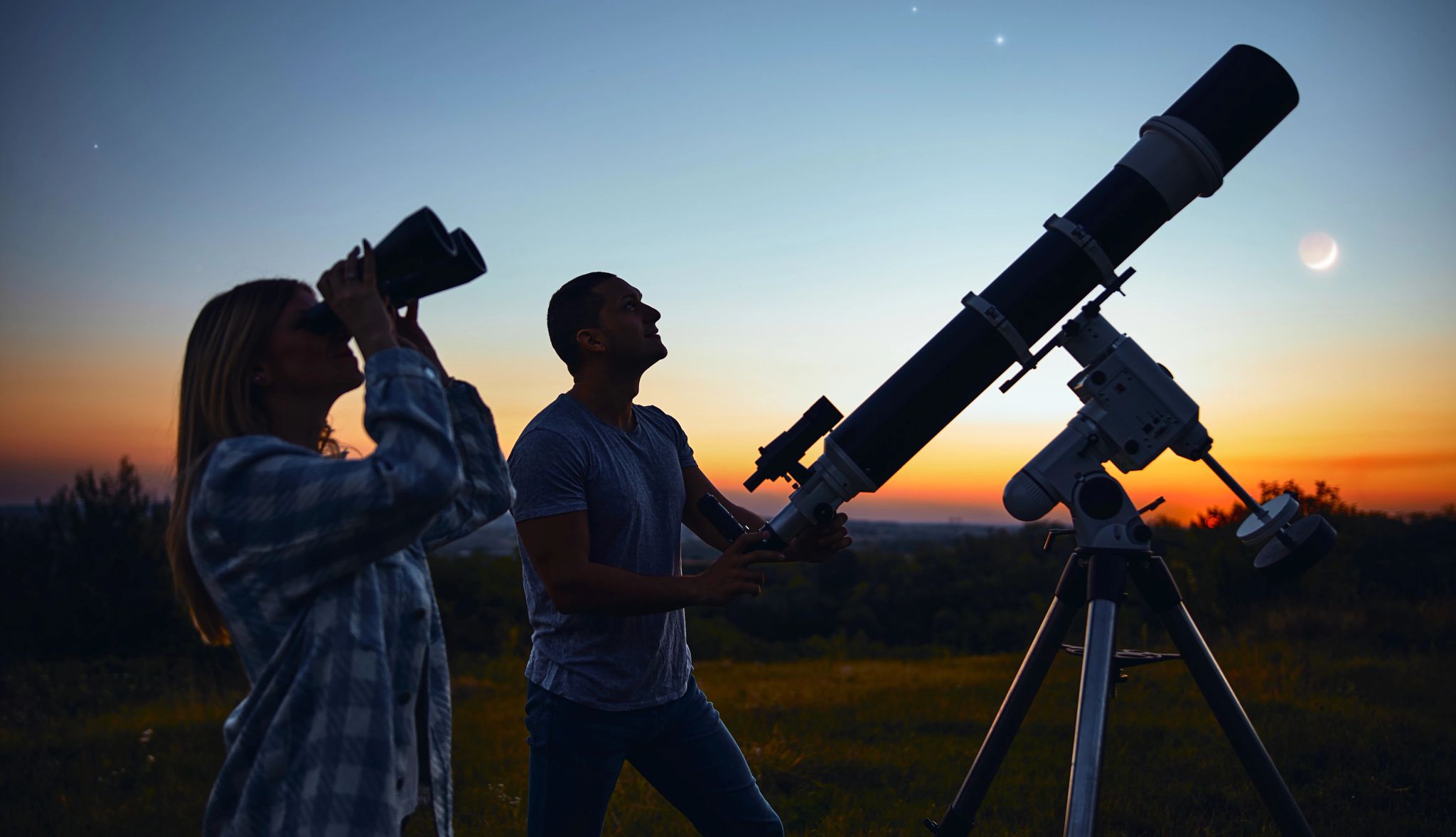
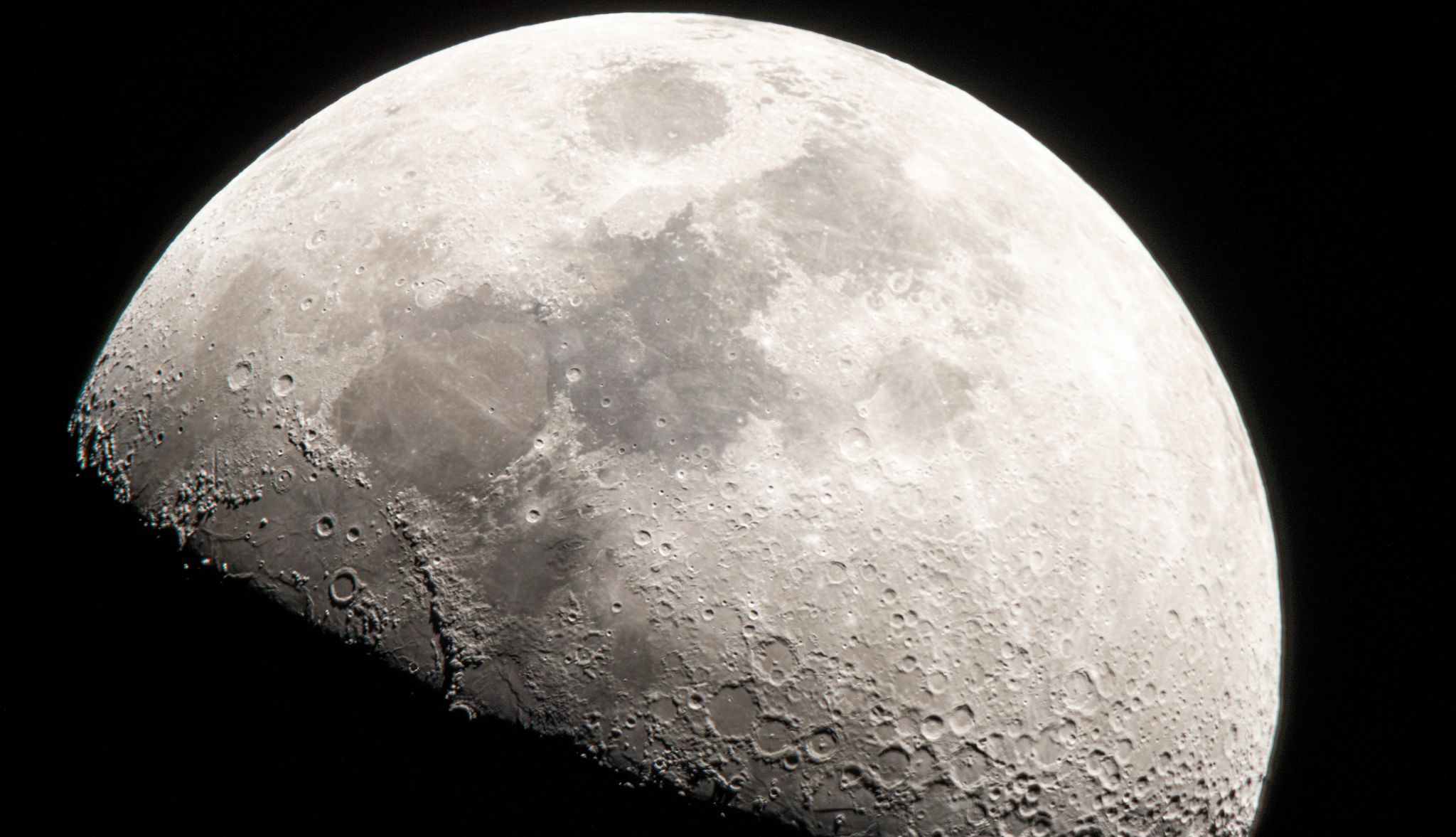

You Might Also Like
My Wi-Fi is Lousy, What Can I Do?
Solutions for boosting wireless internet don’t always require buying an expensive new router
5 Simple Ways to Have More Fun at 50+
Don’t let being a grown-up stop you from feeling like a kid again
Welcome to Our Special All-Travel Issue
Older Americans are recalling youthful adventures — and hitting the road again